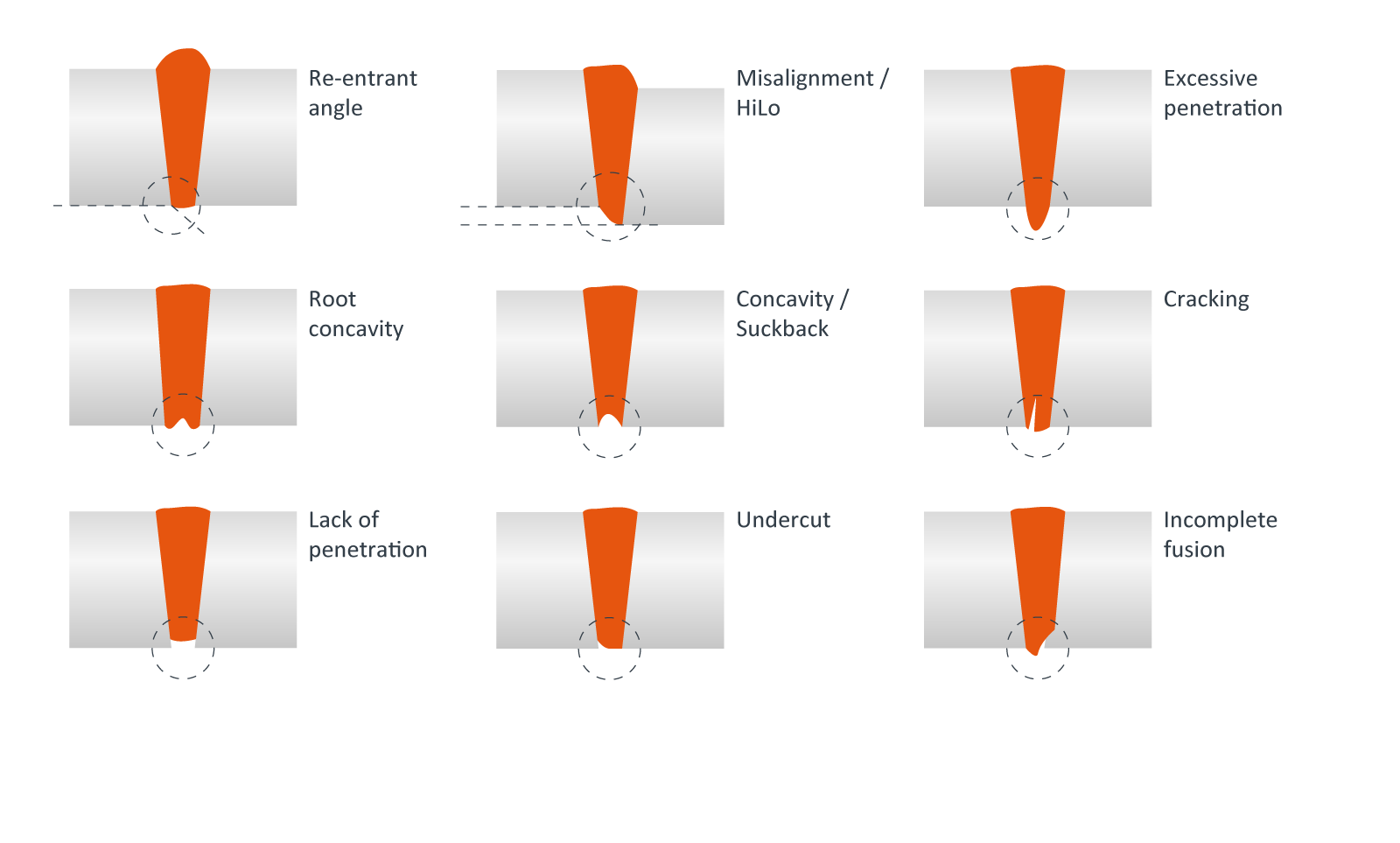Recognizing the Causes and Solutions for Undercut Welding in Metal Construction Procedures
In the world of steel construction procedures, the event of undercut welding postures a significant difficulty that requires a comprehensive understanding of its causes and feasible solutions. The intricate interplay of different variables throughout welding procedures can result in this unfavorable sensation, influencing the architectural honesty and overall high quality of the welded joints - Preventing weld undercut. By dissecting the source of undercut welding and exploring reliable therapeutic procedures, producers can raise the standard of their workmanship and make sure the production of flawless metal parts
Common Root Causes Of Undercut Welding
Regularly overlooked in metal fabrication, undercut welding happens due to different variables that require meticulous attention and experience to be effectively mitigated. Additionally, improper welding techniques, such as using the wrong welding angle or travel speed, can also contribute to undercut formation. The choice of welding parameters, such as voltage, current, and wire feed speed, plays a significant role in the occurrence of undercut welding.
Impact of Incorrect Welding Parameters
Incorrect welding criteria can significantly jeopardize the stability and top quality of welded joints in metal construction procedures. The influence of incorrect welding specifications materializes in numerous ways, leading to structural weaknesses and flaws in the bonded parts. Meticulous attention to welding specifications is vital to ensure the production of top quality welds with the preferred mechanical buildings and structural stability.
Impact of Improper Lantern Angle
Incorrect torch angle in welding operations can dramatically influence the top quality and stability of the final weld joints in steel manufacture procedures. Undercutting is a common welding issue where a groove creates along the weld toe, damaging the joint and jeopardizing its structural integrity.
A torch angle that is as well steep can lead to insufficient infiltration, insufficient combination, and increased spatter. On the various other hand, a lantern angle that is as well shallow can cause too much penetration, burn-through, and distortion of the base material. Preventing weld undercut. Correct lantern angle is vital for guaranteeing constant weld quality, toughness, and appearance
To avoid damaging and various other defects brought on by inappropriate torch angles, welders must be educated to maintain the correct lantern angle throughout the welding process. Normal tracking and change of lantern angles during welding can aid accomplish sound welds with marginal flaws.
Role of Inadequate Welding Strategies

An additional facet of poor welding strategies is incorrect weld prep work. Insufficient cleaning of click here now the base metals, incorrect joint design, or insufficient side prep work can all add to undercut welding. Additionally, insufficient shielding gas coverage or using the incorrect kind of gas can lead to incomplete blend and the development of undercut flaws.
To address the duty of poor welding methods in metal manufacture procedures, it is vital to offer comprehensive training for welders. Correct education and learning on welding parameters, joint prep work, and protecting gas selection can aid avoid undercut welding and ensure high-grade welds in steel fabrication tasks.
Effective Solutions for Undercut Welding
Attending to undercut welding in steel manufacture calls for applying reliable services to boost weld high quality and architectural stability. Among the main solutions to fight undercut is to change welding specifications such as voltage, existing, and take a trip rate to guarantee correct warm input and blend. By fine-tuning these settings, welders can protect against too much melting of the base steel and filler product, minimizing the likelihood of undercut development.
In addition, proper joint prep work is essential in protecting against undercut. Guaranteeing tidy base steel surfaces complimentary of impurities and using the proper bevel angle can aid promote much better weld infiltration and reduce the risk of undercut - Preventing weld undercut. Utilizing ideal welding strategies, such as oscillating the lantern or weaving, can additionally assist in distributing heat uniformly and loading the weld joint properly, lessening the opportunity of undercut issues
Furthermore, selecting the appropriate welding consumables, consisting of electrodes and filler steels, is crucial in mitigating undercut. Using materials with suitable chemical structures and mechanical properties can add to achieving sound welds with minimal undercut. Regular evaluation and high quality control steps must likewise be carried out to find and attend to undercut concerns immediately, making certain the total stability of produced metal components.

Conclusion
To conclude, understanding the reasons and remedies for undercut welding my review here in steel Related Site construction processes is essential for achieving high-quality welds. By addressing usual reasons such as inaccurate welding parameters, improper lantern angle, and insufficient welding techniques, welders can prevent damaging and make sure strong, durable welds. It is important to take note of these aspects and execute effective remedies to boost the general welding process and last product quality.
